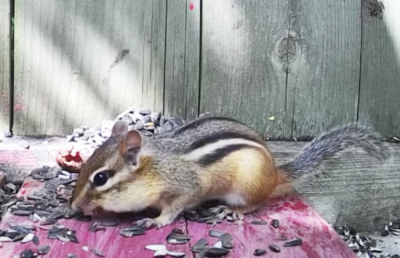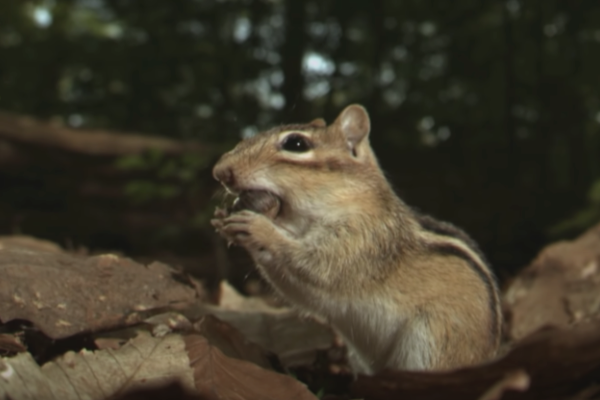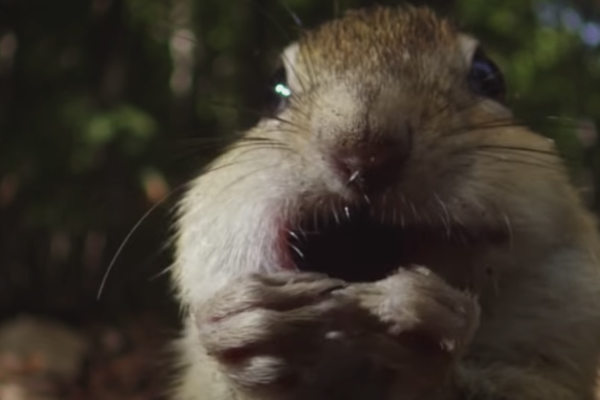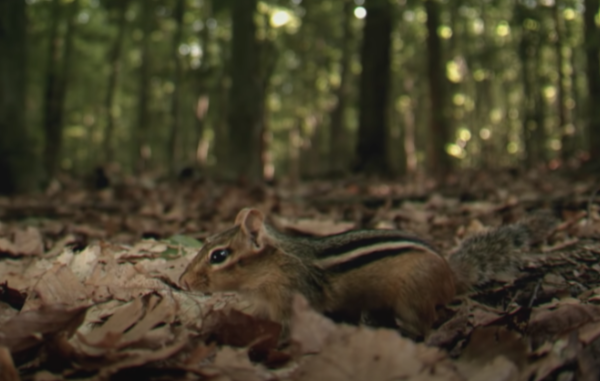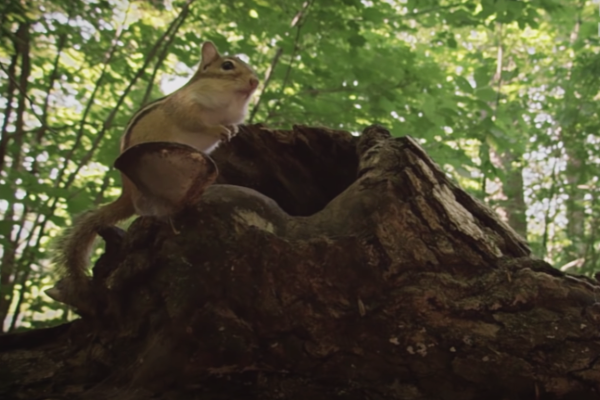Description
Chipmunk Description
Chipmunks are animals in the rodent family and are separated into 25 different species. They're most commonly found in North and West America, but there is one species, the Tamias Sibiricus, that lives in Asia. Here's everything you need to know about this lively animal.
Appearance
The appearance of a chipmunk will depend on its species, so there are some variations. Usually though, you'll see most chipmunks are a smaller mammal, weighing in at 125 grams at most. The smallest chipmunks often only weigh around 32 grams.
One of the chipmunks' most defining features is their large bushy tails. Their fur is usually a reddish-brown, with stripes on the sides of their faces and on their backs and tails. Their fur on the underside is usually white.
Chipmunks have small heads and mouths, but the mouth can hold much more than you'd think. In fact, they can expand to 3 times the size of their head. This comes in useful when they dig with their front paws. These paws have four claws each, making them perfect for digging. This helps them pull up the dirt, which can then be carried away in their cheeks.
Diet
The chipmunk diet mostly comprises of nuts, fruits, seeds, berries, and more. They'll also eat things like eggs, small frogs, fungi, insects, and worms, which makes them omnivores. When collecting food, the chipmunk will store it away in its mouth pouches rather than eating it right away. This allows it to take the food back to its burrow, to be eaten later. The only time this doesn't happen is with some urban chipmunks, who will accept some food from humans. They choose to eat the food there and then, as it's not considered to be food that needs to be saved up over time.
Some species of chipmunks may make many large stores of food, to be eaten over long periods of time. These are divided into two kinds of stores, 'larder hoarding' and 'scatter-hoarding'. Those that are larder hoarders will typically stay in their nests until spring.
To gather food, chipmunks tend to stick to the ground. They will search in areas with underbrush, rocks, and logs, as these offer the best opportunities to find what they need. It also helps them avoid predator animals like hawks, foxes, and coyotes. They can sometimes climb trees to collect food such as acorns, but they're more likely to stick to the ground.
Because they forage for food in this way, they play an important part in the forest ecosystem. Because they look for seeds, they actually help in seedling establishment. They of course are also prey for other predator animals in the area. What's interesting is that they're both predators and prey, as they will prey on nests for eggs and smaller animals, such as frogs.
Behavior
Anyone who has seen chipmunks in the wild knows that they're a very fast animal, moving quickly across the ground to get to their destination. They're known to live in solitary burrows, although they're social with other chipmunks of their species. They'll communicate with others in ways such as waving their tails. They also make a 'chipping' noise to communicate, which gave the animal its name. They're a diurnal animal, so they'll only come out in the day time.
Chipmunks hibernate over the winter, but unlike other animals they don't store fat before they do so. Because of this, they don't have the fat stores to rely on as they hibernate. Instead, they wake up every two weeks or so to eat some of the food they had stored away for the colder months.
There are two chipmunk mating seasons, one in early spring and one in early summer. This is usually the only time male and female chipmunks will pair up, but they have been seen to care for their young together. The gestation period for chipmunks is around 30 days. Once a litter of chipmunks is born, there will be about 4 or 5 of them and they'll stay in the burrow for around 6 weeks. Once they're ready to leave, they'll quickly start collecting food for their own burrows for the winter.
Overall, chipmunks are considered to have a lifespan of 2 – 7 years when living in the wild.
Habitat
Chipmunks have been found to live in several different environments, from alpine forests to shrubby deserts. Wherever they live, they create complex burrows to live in. These burrows can be anything from 2 to 4 meters long and feature several discrete living areas. There are refuse areas where feces and shells are stored. Sleeping areas are filled with shredded leaves to create a comfortable space to sleep. Food stores are kept lower down, as this is cooler and allows food to stay fresher for longer.
Some chipmunks make their homes in logs, bushes, and abandoned nests. If it helps them avoid predators, then it makes an excellent home for them.
While urbanization has endangered some animals, it appears that chipmunks are thriving in urban environments. There are a few reasons as to why that may be. As food is more plentiful, they don't have to go as far in order to find what they need. They'll find their living conditions less stressful as they don't have to traverse such risky terrain to get food, and they'll be able to keep more body fat too.
All in all, researchers have found that chipmunks are a lot happier in urban environments. This shows that they'll continue to thrive in these environments even if others will struggle to live in these areas.
Chipmunks are small and fast rodents, easily spotted thanks to their distinctive striped fur. They live in burrows, where they store their food after foraging for it. They live in all kinds of environments, including urban ones. Chipmunks are fascinating animals and are so important for the ecosystem around them, so it's important that they're protected.
